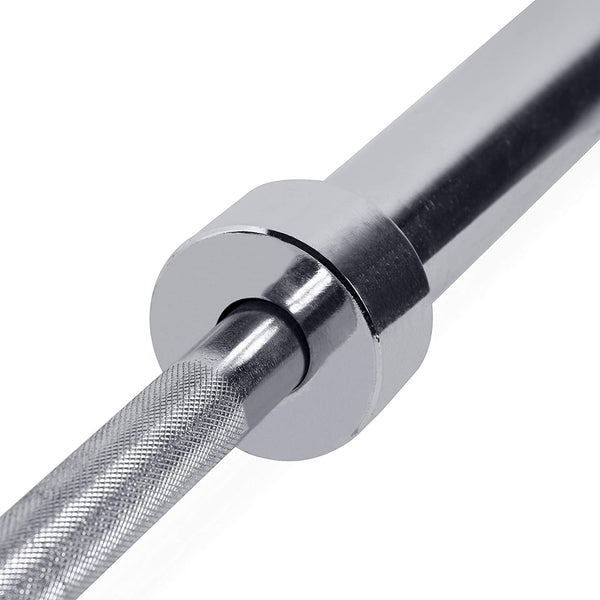Your Cart is Empty
July 27, 2023 3 min read
Your biceps are some of the most visible muscles in your body and can give you a sense of strength and pride when developed. If you're looking for a powerful set of arms, then you'll need to put in the hard work and dedication to get them. Building biceps means more than just doing curls with heavy weights - there are many exercises, sets, and reps that you'll need to know in order to maximize your gains and make sure that you stay safe and injury-free.
Shop The Collection: DumbbellsThis ultimate guide will provide all the information you need to start building your biceps. We'll look at why it's important to focus on different types of exercises, how many sets and reps you should be doing, and what type of weight you should be using. We'll also discuss how to ensure that you're using correct form so that you can avoid any potential injuries. Read on to learn more about building your biceps!
When trying to build your biceps, it's important to focus on different types of exercises. This is because there are three main types of bicep movements: flexion, extension, and supination. Flexion involves bringing your arm up from a straight position until your elbow is bent and your hand is close to your shoulder. Extension involves extending your arm from a bent position until it's straight. Finally, supination involves rotating your forearm so that your palm faces upwards.
Shop The Collection: BarbellsIt's important to focus on these three types of movements in order to properly stimulate all parts of the muscle. Doing only curls, for example, won't be as effective as doing a variety of different exercises that target all three movements. Incorporating isolation exercises for the biceps, such as concentration curls or preacher curls, along with compound exercises like chin-ups or pull-ups, will help you get the most out of your workouts.
 Shop The Gear: CAP Barbell Olympic Solid Bar, 5-ft, from $63.99 USD
Shop The Gear: CAP Barbell Olympic Solid Bar, 5-ft, from $63.99 USD
In terms of sets and reps, it's important to remember that more isn't always better. Doing too many sets or reps can lead to overtraining, which can be detrimental to your progress. Generally speaking, you should aim for 3-4 sets per exercise, with 8-12 reps per set. Depending on your fitness level, you may want to adjust the number of sets and reps to suit your needs.
It's also important to remember to give yourself enough rest between sets. This will allow your muscles to recover and ensure that you can perform each set with maximum intensity. Aim for 1-2 minutes of rest between sets to ensure that you're getting the most out of your workout.
The type of weight you use will depend on your fitness level and the type of exercise you're doing. For isolation exercises, such as concentration curls or preacher curls, it's best to use lighter weights and higher reps (10-15). This will help you focus on isolating the bicep muscles and getting a good pump.
For compound exercises, such as chin-ups or pull-ups, you can use heavier weights and lower reps (6-8). This will help you bring more tension to the bicep muscles, which can result in greater gains. It's important to note that the amount of weight you lift should never compromise your form - if you feel like you're sacrificing form to lift more weight, then it's best to reduce the weight and focus on the quality of your reps.
Using correct form is essential to ensure that you're stimulating the right muscles and avoiding any potential injuries. When doing bicep exercises, you should focus on keeping your elbows tucked into your sides and maintaining control throughout the entire range of motion. Make sure that you're not swinging the weights and that you're using a slow and controlled motion.
You should also make sure that you're engaging your core throughout the entire exercise. This will help you maintain balance and stability and ensure that you're getting the most out of your workout. As with any exercise, it's important to listen to your body and stop if you feel any pain or discomfort.
Building biceps takes time, dedication, and proper technique. By focusing on different types of exercises, doing the right amount of sets and reps, and using the correct form and weight, you can maximize your gains and safely reach your goals. Have fun and stay safe while you work towards those impressive biceps!
Shipping Protection gives you peace of mind while saving you time and money.
Shipping Protection provides coverage for eligible orders that are lost or damaged in transit, or stolen after delivery has been confirmed by the carrier. MAGMA Fitness, through its partners, administers the protection program and may receive compensation for these services. Coverage is subject to the terms, conditions, and exclusions outlined in our Shipping Protection Terms & Conditions.